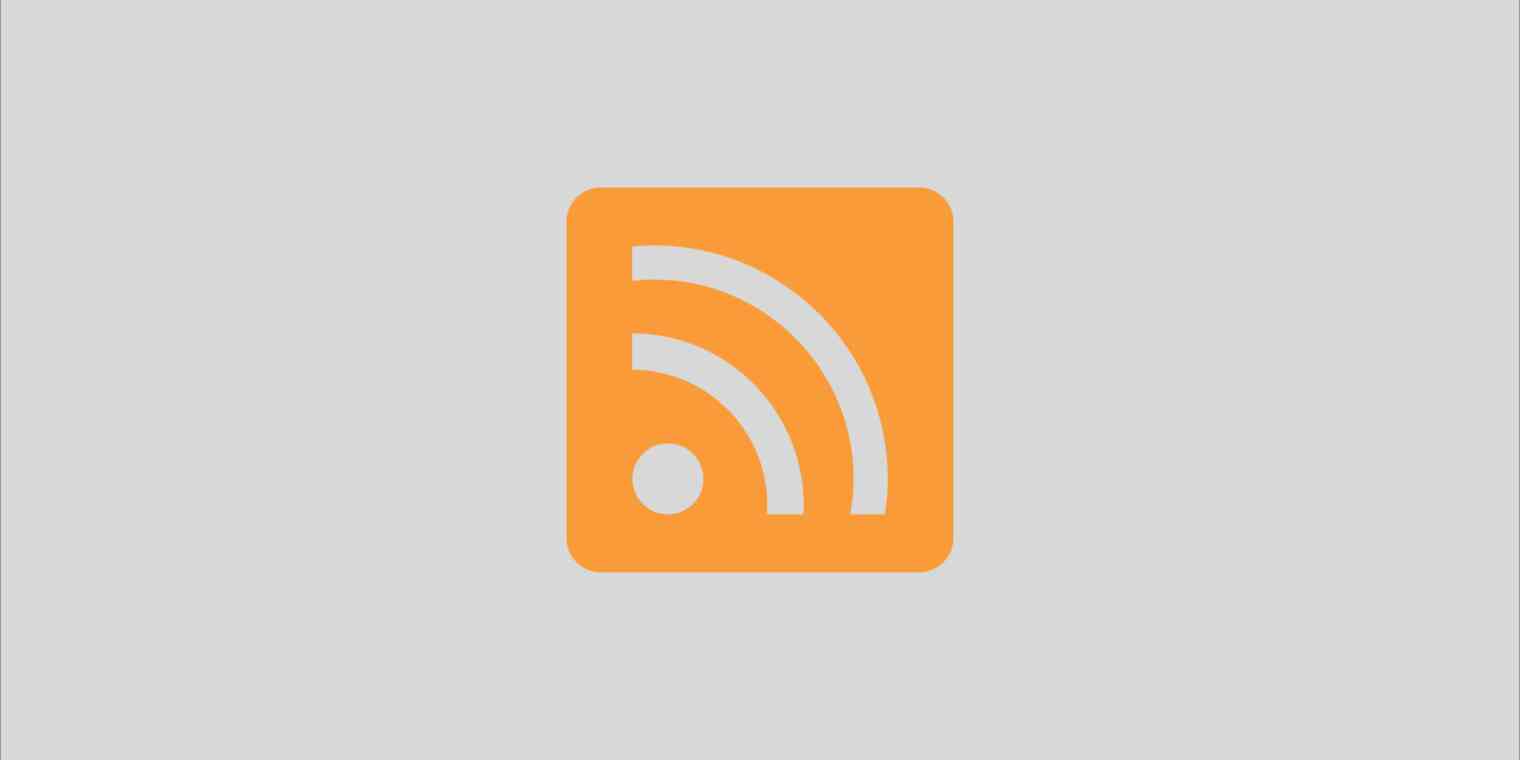Table of Contents
What is RSS?
You might have heard of RSS readers, but not really know what RSS is. Let’s answer any basic questions you might have on the subject.
RSS is abbreviated from ‘really simple syndication’ or ‘rich site summary’ depending on who you ask. Though it’s important to note that it’s the same thing whatever name you choose. This simple protocol is designed so that Internet users can follow new updates from multiple sites all through one client – the RSS feed reader.
What RSS does is strip articles and other types of posts to their essential components, which are generated in simple XML files. Articles, updates and other posts then become easy to browse in a simplified feed, which the RSS reader then accesses. The main text elements include author, title, time stamp, URL, an excerpt of the article or a summary. Over the years, RSS feeds also include multimedia files like images and videos.
By subscribing to an RSS feed, you’d receive every new post in this format from as many sites as you want to your RSS reader. All updates are displayed chronologically from newest to oldest and makes it easy to stay on top of new posts and articles.
RSS feed readers are constantly evolving to support different feed types.
How to choose the best one for you?
Integrations
Given how segmented and diverse the information ecosystem has become it’s important that your RSS feed reader can pull its weight based on how many different types of feeds it can syndicate. Feeder has developed integrations with Upwork, Gengo, Freelancer.com, Guru, Craigslist and RemoteOK.io to assist users in searching for future positions easier.
That’s the kind of proficiency you want. Do you need only text-based RSS feeds? Or do you wish to follow YouTube channels, podcasts, newsletters, Twitter hashtags, Facebook pages, Instagram feeds, Telegram pages. Inoreader delivers native integration with all these platforms and services. There are even integrations with third-party note-taking applications like Evernote, Pocket and OneNote.
Netvibes goes beyond just following feeds. This app regards itself as a digital desktop designed to best manage one’s entire online life. Netvibes has subscription models to specific topics and comes in handy when you want to automate applications. Your dashboard becomes your hub!
Cost
The price tag doesn’t necessarily need to come first, because RSS feed readers are generally very affordable unless you’re looking for something as high end as Netvibes, which boasts a subscription plan priced at 649$ per year. That’s truly something that not many companies will be able to afford.
Generally speaking, all RSS feed readers have a pretty good, base free-to-use plan, which has a lot of good features already. Want more features? Then you have to start paying, but even so they are quite affordable. Inoreader starts at as little as under 2 € for a supporter plan and its pro plan costs just 5 € per month paid annually. That’s more than enough to get a lot of its many features.
The Old Reader has a paid plan at 5 $ per month. Feedly prices its first paid plan at 5 $ per month and upgrading further doesn’t cost all that much. Feeder doesn’t even outright say how much it’s going to cost to get a paid plan. You reach out and create something custom.
Features
How do you manage your feeds? What other tools are at your disposal?
RSS readers have a lot to offer in different ways. Feedly lets you save articles for later, add notes and highlight. Inoreader allows you to tag articles for easy classification. The Old Reader has a more social approach where users can comment and interact with articles as though they’re on a social media site. This ties in well with the social mechanic of having individual articles go viral in popularity based on in-reader engagement.
The current trend for RSS readers is to invest in features. Collaboration seems to be a big trend, because Feedly has team boards, where people can share articles and comment on them. Feeder also has communal boards and Inoreader creates team spaces, which are managed by one master account. Other features you should evaluate for usefulness include feed filters, translation, AI and further support for regular expressions.
Customization
User experience is not necessarily the first thing to consider when choosing an RSS feed reader, but that doesn’t mean it’s not important to consider. After all, you’ll be spending time regularly interacting with the app, so you might as well like how it works.
RSS readers are designed to be intuitive and easy to figure out even by people, who are less tech savvy. This is why it’s common among most readers to see a classic two-pane design with articles displayed on the right and feeds and tools on the left. That’s the general look of an RSS feed reader but from then on there are several different ways to change up your dashboard.
Many users prefer dark colour schemes, compressing articles to just their headlines or even adding more columns. Feeder, for instance, offers users a design with up to five different columns. Though the norm is usually to go up to three in total.
Offline usage
Offline regime is becoming a more desirable feature now that RSS has moved onto mobile devices. What do you do when you need your feeds, but there’s not a single Wi-Fi network in sight or your reception is terrible? For business purposes, I’d argue it’s something managers or company owners should consider when choosing an RSS feed reader, especially if your line of work requires your employees to travel a lot.
Outside of the outright absence of the Internet, the offline mode also comes in handy when the public Wi-Fi is overcrowded and you can’t load new updates fast. Although not the end all be all, it’s a good feature to consider. Both Inoreader and Feedly have offline features, which is not surprising since they are at the top of the food chain so to speak.



